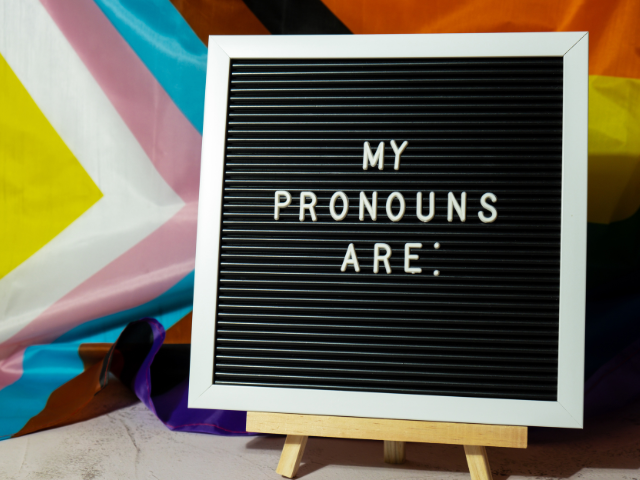How People Identify
As nurses, we must understand how patients want to be identified since “proper use of gender identity terms, including pronouns, is a crucial way to signal courtesy and acceptance,” according to an NPR special report. Nurses often review a patient’s identity during the initial encounter. Identity information, the report stated, should include:
- The biological sex of the patient at birth (female, male, or intersex).
- The gender identity or the gender the patient identifies as (man, woman, neither, or both).
- Sexual orientation or the patient’s physical, romantic, or emotional attraction to other people (lesbian, gay, bisexual, and straight orientations).
Key terms associated with gender identity include:
- Transgender: People whose gender identity is different than the sex they were born.
- Cisgender: People who identify with the same sex that they were born.
- Nonbinary or genderqueer: People who don’t identify as either sex.
Key terms associated with sexual orientation:
- Homosexual, lesbian, or gay: Prefer relationships with the same sex.
- Heterosexual or straight: Prefer relationships with the opposite sex.
- Bisexual or pansexual: Are attracted to both genders.
Using the correct pronoun to address your patient is imperative since “it’s just about letting someone know that you accept their identity,” the NPR report stated. Some patients might want to be addressed by their legal first or last name or a chosen nickname. However, when it comes to pronouns, some patients might want to be addressed differently than how they look or might identify as two pronouns (she/they or he/they). For example, just because a person looks like a male or a female doesn’t mean they identify as one. Discussing the pronoun that a patient wants to be recognized as can break the ice so the patient and nurses can get to know each other better. To start the conversation, we can first address the pronoun we identify with (she, he, they/them). If we accidentally call the patient the wrong pronoun after our initial assessment, we can apologize for our mistake and move on. Showing a “simple gesture of apologizing quickly and moving on shows the other person that you care,” according to the NPR report.
Fixing the Problem
LGBTQ (lesbian, gay, bisexual, transgender, queer) is an umbrella term for two distinct facets of identity: sexual orientation and gender identity. As nursing students, most of us only received a couple of hours of training on interacting with this population, if any!
In 2015, a national survey “found that the estimated median time devoted to teaching LGBTQ health in nursing school was 2.12 hours,” according to Margolies and Brown. We need additional training and competencies to help correct this lack of education, so we feel more comfortable caring for this population. Cultural competencies related to this group, according to Margolies and Brown, can teach nurses about the LGBTQ culture, the barriers to high-quality healthcare, communication skills, and how to have a welcoming attitude. Developing a trusting therapeutic relationship is imperative to assess our patients’ risk factors accurately. While caring for this population, or any patient, we need to use a patient-centered approach to help our patients feel safe and respected and use shared decision-making treatment plans, so the patient is involved.









